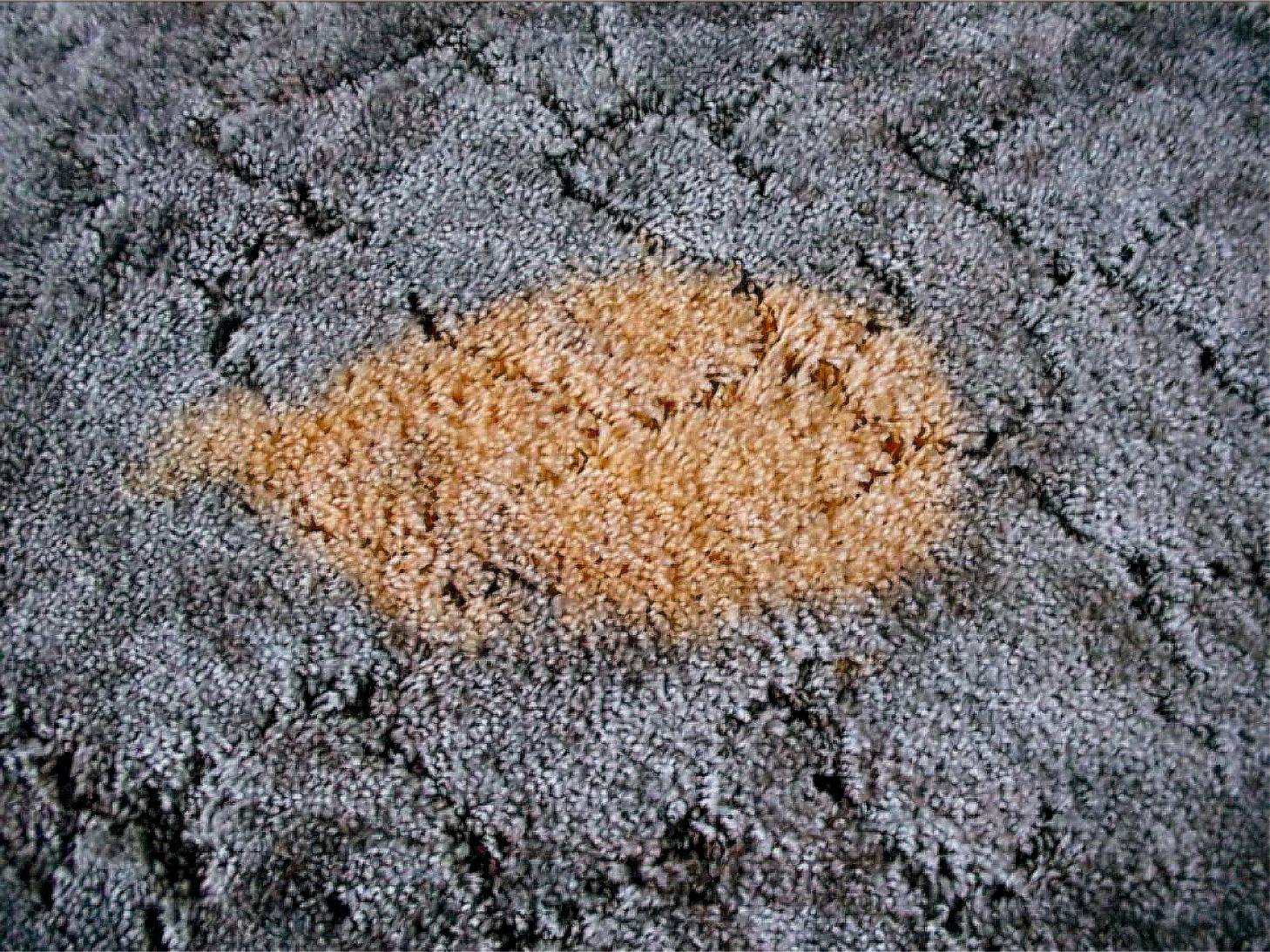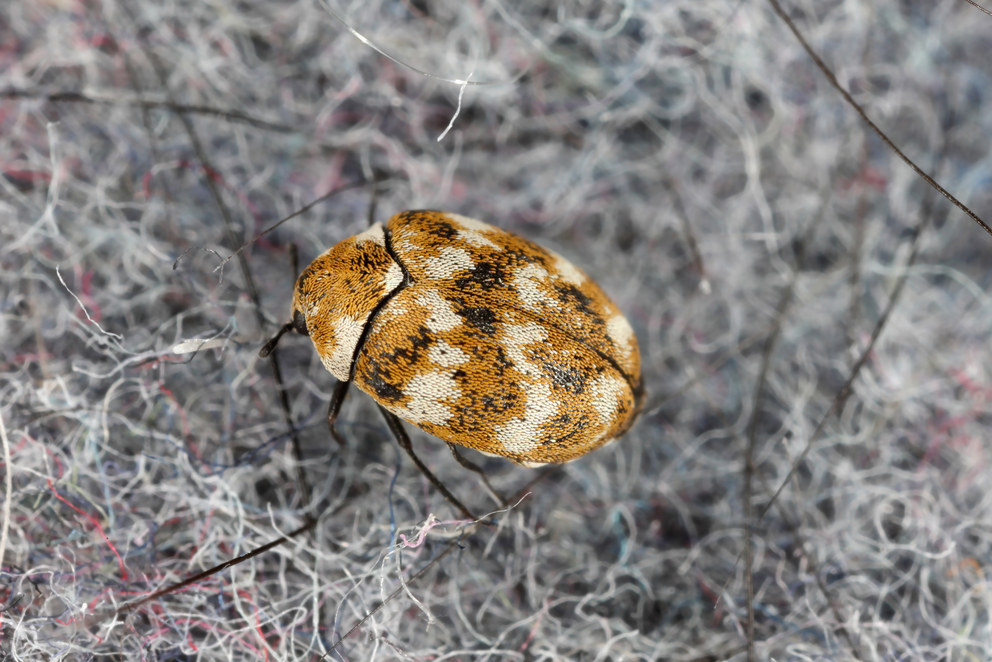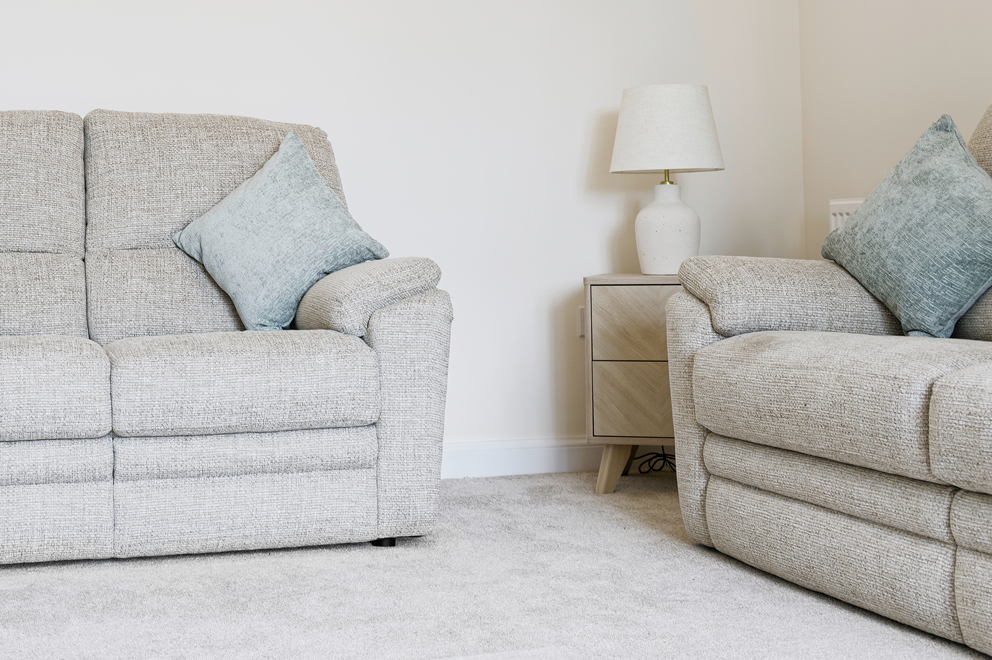
Carpet VOCs: What You Need To Know
VOCs can be found all over the household, especially if you are moving home, decorating or cleaning. They are commonly associated with carpets, but there is a lot of misunderstanding surrounding these invisible particles. Here is our guide to carpet VOCs and how to handle them.
What are carpet VOCs?
Carpet Volatile Organic Compounds (Carpet VOCs) are gases released by chemicals used in the carpet-making process. Generally, the carpet backing releases the most VOCs, as it can contain latex and/or styrene. If your carpet was installed using an adhesive, this will also likely release VOCs.
When a new carpet is installed, the new-carpet smell comes from these gases escaping into the air – a process called ‘off-gassing’ which can last for months or even years.
Are carpet VOCs dangerous?
Some VOCs can be harmful if inhaled at a high volume. Common symptoms of VOC exposure include headaches, dizziness, nausea and difficulty breathing. Children, pets and people with respiratory issues are particularly vulnerable to VOC-related illness. Some of the chemicals are also linked to long-term health conditions such as cancer and kidney disease.
Many VOCs are considered pollutants that are bad for the environment, as well as individuals. However, it’s worth noting that carpets do not release VOCs in such high volumes and there are measures you can take to minimise exposure in your house…
How can I avoid carpet VOCs?
VOCs will eventually dissipate on their own. There are a few things that you can do to reduce the impact of VOCs.
Some manufacturers sell carpets designed to be low in VOCs. You can also ask the people installing your carpet to avoid using adhesives, or stick to solvent-free adhesive.
If possible, airing your carpet outdoors before installing it is a great way to reduce the amount of VOCs inhaled by you and your family. Otherwise, ensure that any rooms with new carpet are ventilated by opening windows and doors. You can also use air conditioning or air purifiers to help increase the quality of the air in your home.
You should avoid sleeping in a room with brand-new carpet for a few days. This is especially the case with children's rooms.
Ideally, carpet should not be installed in moist areas. Not only does high humidity increase the rate of off-gassing, but it can encourage mould to grow on your carpet.
Can cleaning help with carpet VOCs?
While cleaning a brand new carpet may feel pointless, it can help speed up the off-gassing process.
Professional cleaning is the best way to safely tackle carpet VOCs. Many cleaning products can increase the amount of VOCs in your home, so hiring a professional cleaner who can use extraction equipment is the most efficient way to keep your household breathing clean air.
Reach out to a professional carpet cleaner
The National Carpet Cleaners Association (NCCA) has a directory of expert cleaners. Located all over the UK, our accredited carpet cleaners are specially trained and insured. Make an appointment with a local carpet cleaner to decrease the carpet VOCs in your home.
Find carpet cleaners in your area.



